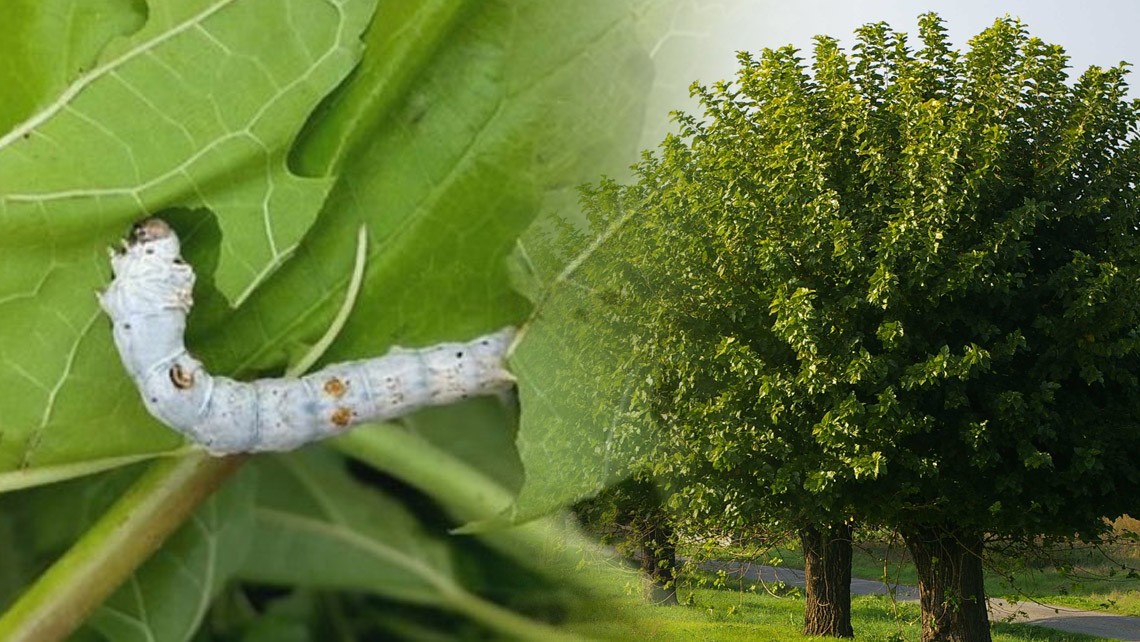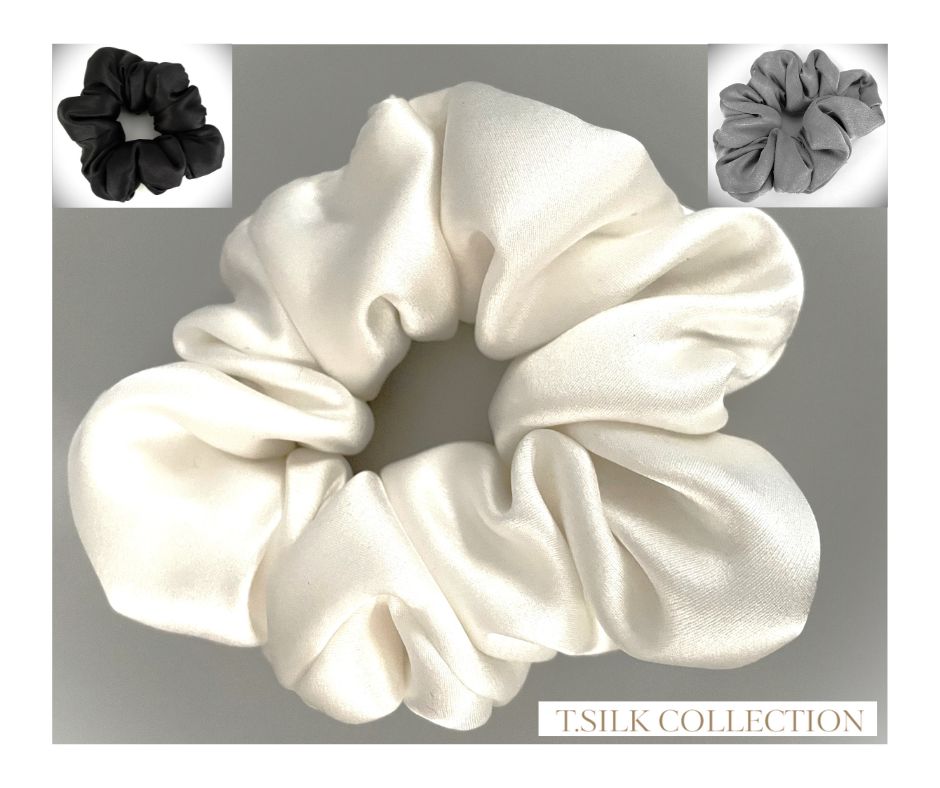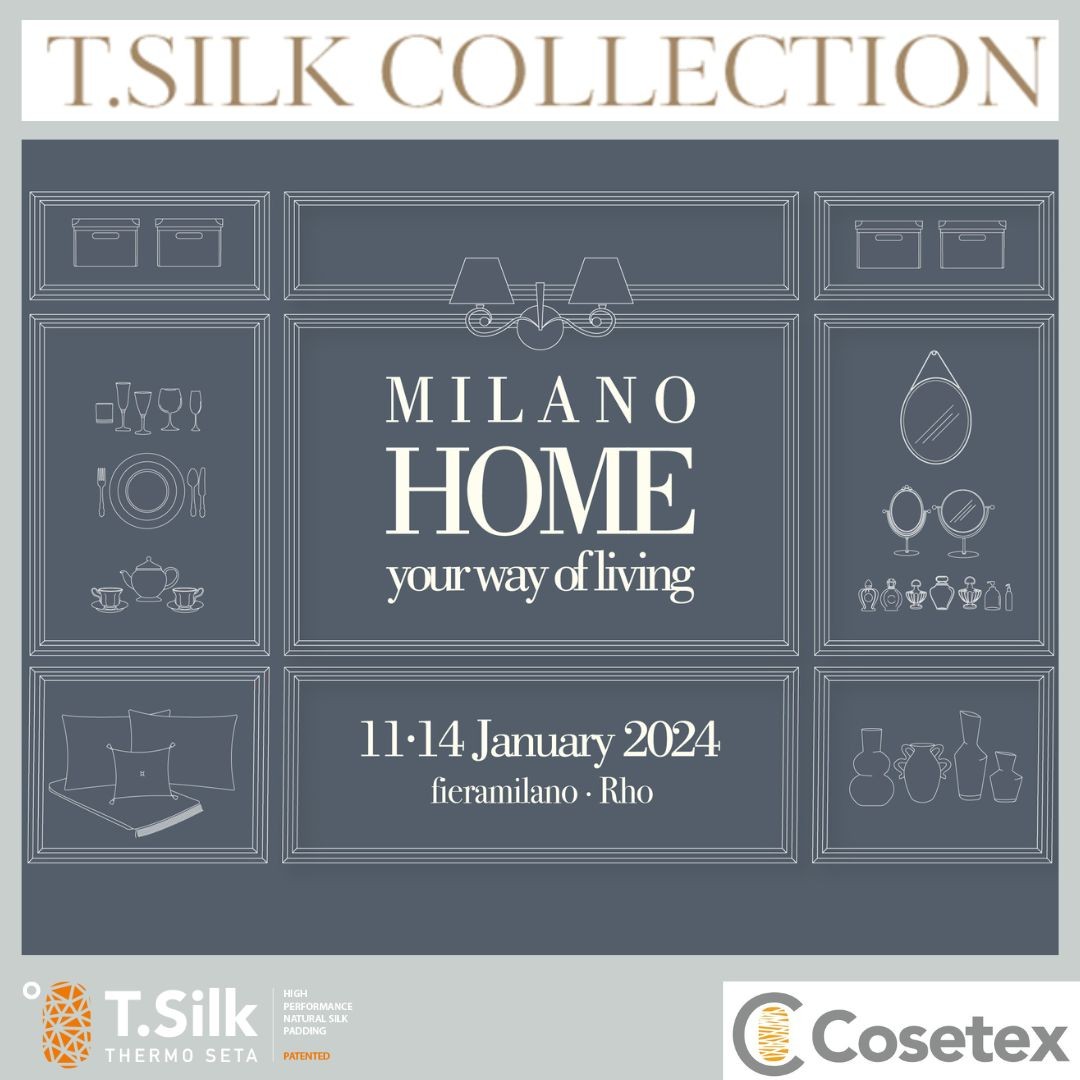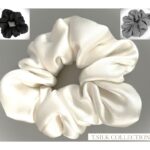T.SILK COLLECTION presents the revolutionary soft and innovative silk scrunchies and hair elastics. Mulberry silk scrunchies developed from the research and experience of Cosetex...
Nature gives us ecological and sustainable padding
Silk is an outstanding raw material. It comes from two natural elements — a tree and a caterpillar. Namely, a mulberry tree and a Bombyx Mori, the caterpillar of the domestic moth. Each of them embodies ecology and sustainability
Mulberry tree Bombyx Mori
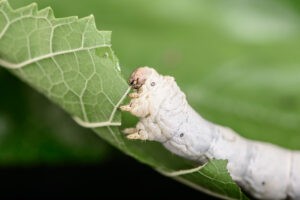
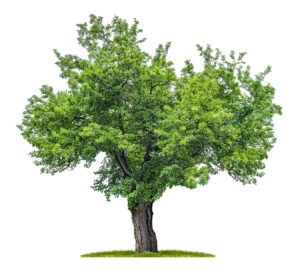
Nothing but silk

During the process of silk elaboration we avoid treatment, elements or additives that derive directly or indirectly from petroleum. The latter is very common in synthetic fiber manufacturing which often includes polymerization of petroleum and its derivatives, such as acrylic, aramid, chlorovinyl, polyamide, polyester, polyethylene and polypropylene

We do not make provisions for harmful chemical refinement and/or other processes: those are often part of artificial fiber production. Use of sodium hydroxide or caustic soda in viscose manufacturing is one such example of dangerous substances. Other than that, we avoid violent sanitation practices when it comes to down feathers.

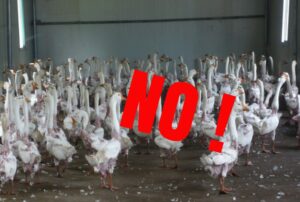
We only allow controlled and limited use of natural resources, such as water, in any step of our manufacturing process. Our factories do not contribute to pollution. We do not use intensive breeding or cultivation. Animal cruelty is forbidden.
Just a tree
The image above shows a tree which happened to start growing one day right next to our warehouses where raw silk was loaded and unloaded
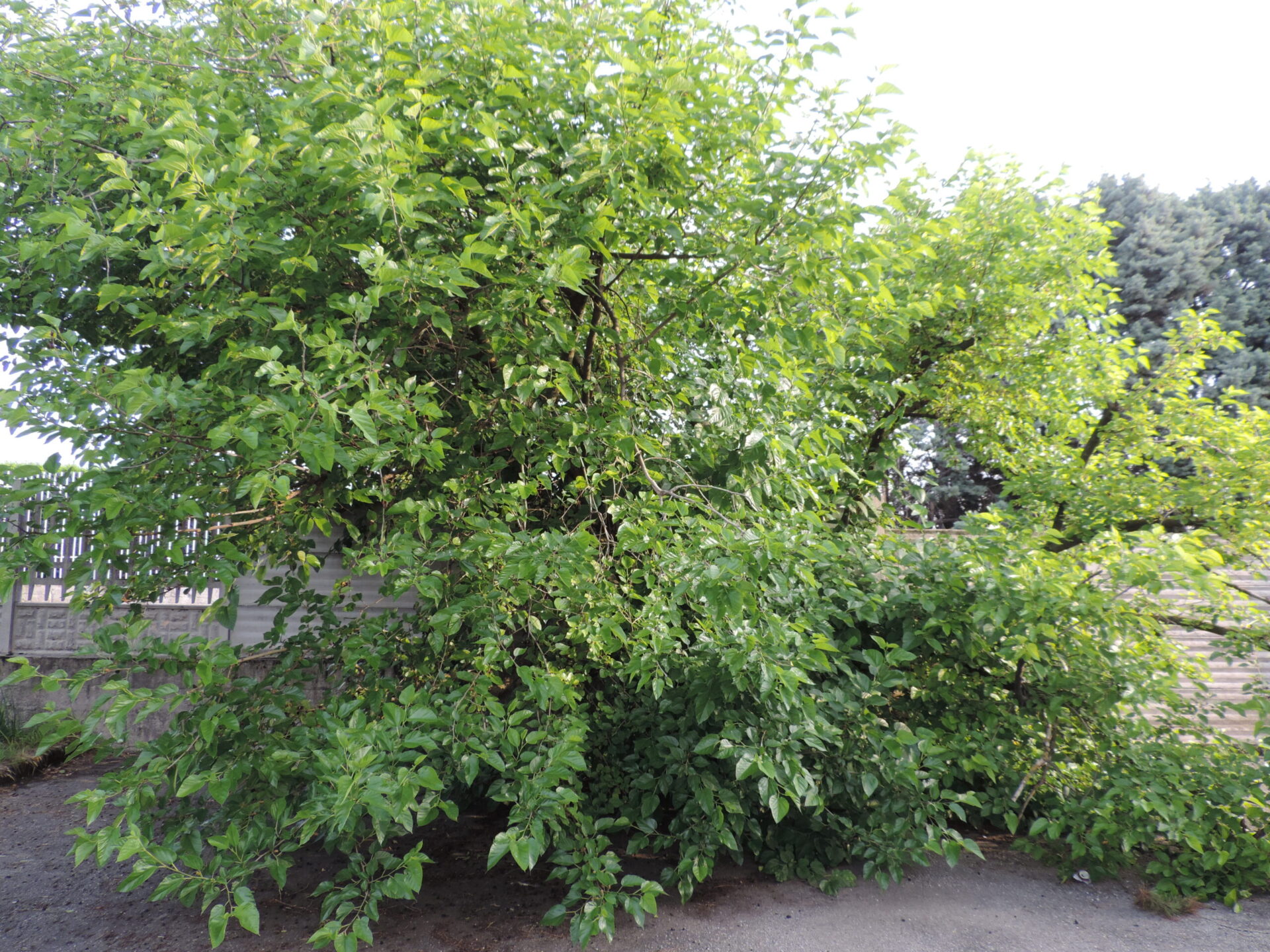
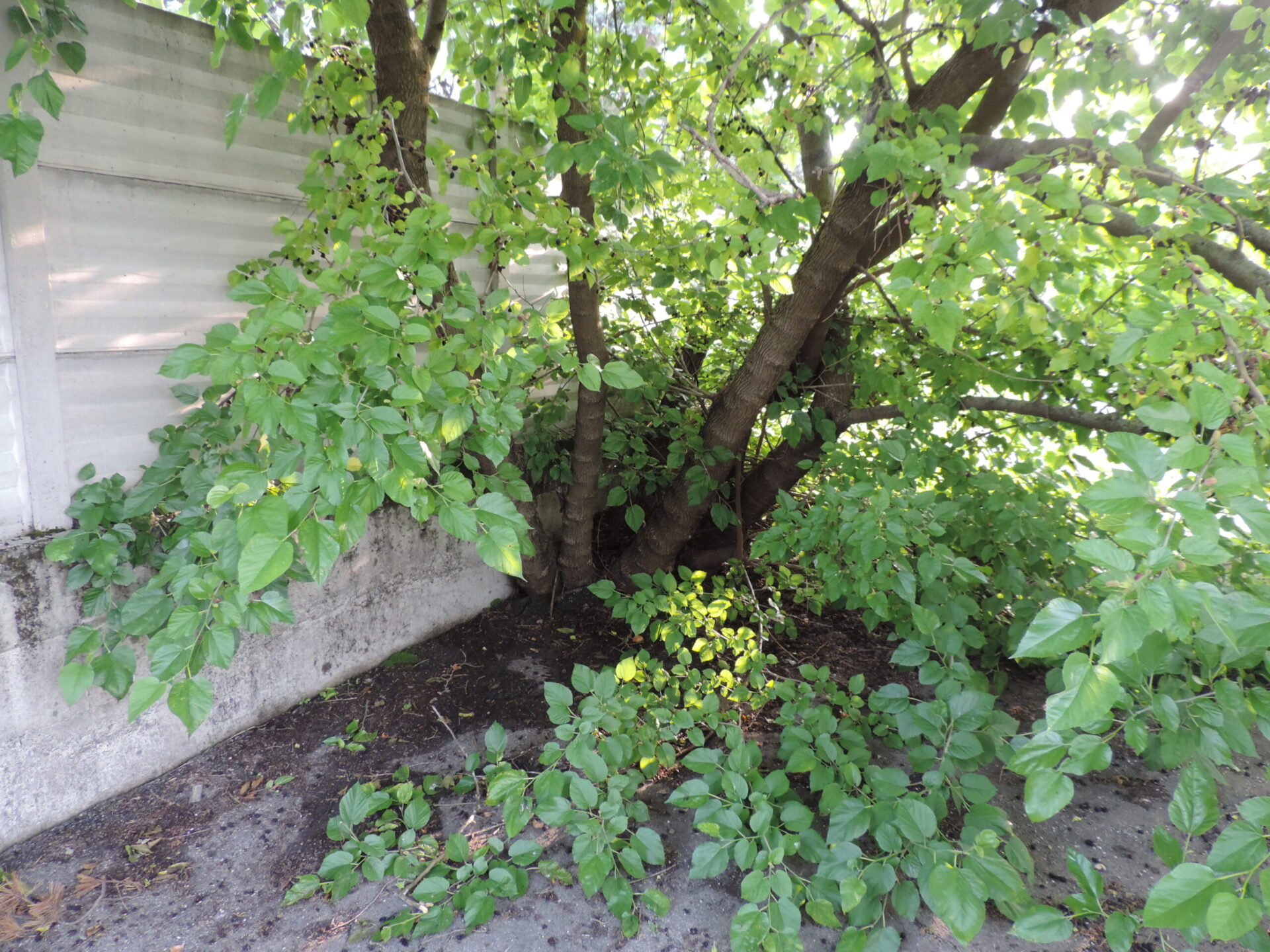
Not causing any fuzz, as it is its habit to be quiet, a seed of a mulberry tree sept in a gap between asphalt and the fence, made it further into the soil, and started to grow in an astonishing way.
It is odd to think that it was sheer randomness that brought this seed to a little square, right next to the company which has been a dedicated silk producer for more than 120 years.
It is perhaps easier to believe in some poetic providence: a seed from a mulberry tree was traveling along the Great Silk Road. It was carried by forklifts and trucks, covered the distance of thousands of miles aboard big ships, crossed seas and oceans, stopped in a few ports, and finally arrived here where it found a reason to grow up.
Mulberry tree is the common name for Morus plants. It derives from ‘mōrus’ in Latin and μόρον in Greek — meaning ‘black’ — as black is the color of the fruit of some mulberry tree varieties. It belongs to the Moraceae family. Originally native to Asia, it became widespread in Africa, North America and Europe. Mid-size trees or bushes have oval or mitten-shaped leaves, the edges of which have teeth on them.
Fruit of the mulberry tree— often referred to as mulberry blackberries — grows as collective fruit, and consists of a ‘true’ fruit (nucule) and a ‘false’ fruit (sorosis). It looks somewhat like a large blackberry or raspberry.
It is also rich in mineral salts, calcium, magnesium, ferrum, potassium, phosphorus, anthocyanins, antioxidants and vitamins B, A, E and K. 100 gr of fresh mulberry fruits contain nearly 60% of recommended daily allowance of vitamin C for generally healthy adults.
White mulberry tree, native to the Far East, was most probably imported into the Mediterranean around the 12th century. It has shiny foliage of a gentle green color, white, pinkish or black fruit, and is typically cultivated for the use of leaves in sericulture. The plant can be worked as a bush or a tall tree, and allows for inter-row cultivation. The life of a tree depends on the climate, ranging from 15 years for bushes to 60–100 years for taller trees.
Black mulberry tree, thought to be native to Persia, was later imported into the Mediterranean and many other areas. It is a rather robust and gnarly tree. Its dark green leaves are thick and hairy on the lower side. When ripe, the fruits are of glossy black color and plump with juice.
